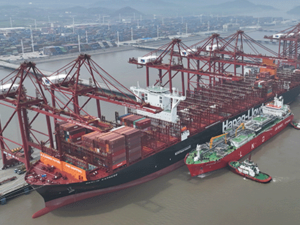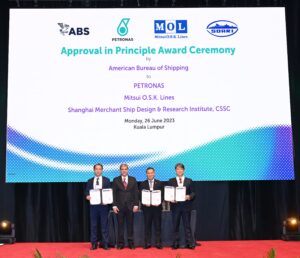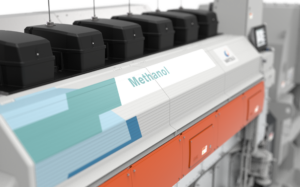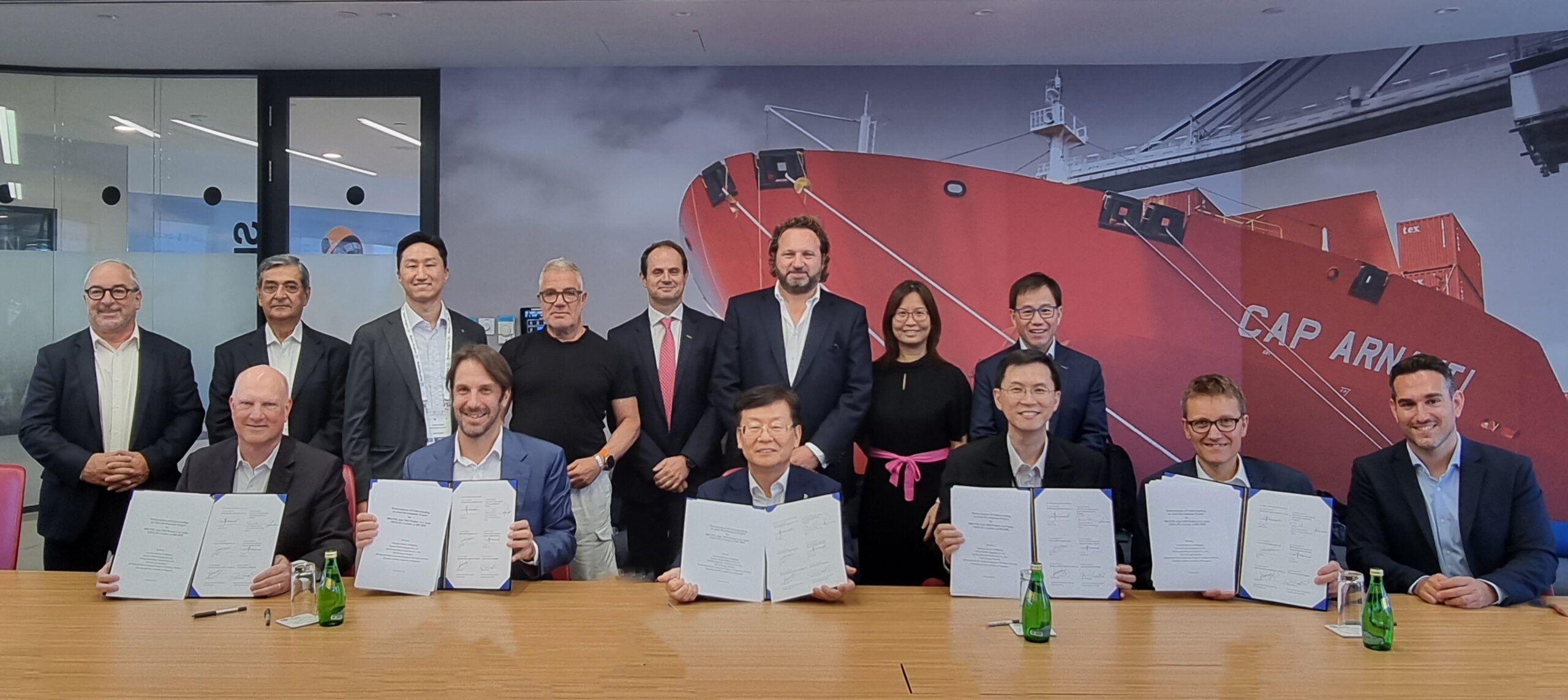CMA CGM head of assets says LNG is a clear route to green methane but agrees the future will be multi-fuelled
French container shipping giant CMA CGM may have doubled down its commitment to LNG as a marine fuel with a plan to have 44 dual fuelled vessels in the water and a set of long-term fuel contracts with fuel suppliers and bunker firms, but company executives agree it may not be best choice for all.
And even though the liner giant has made heady investments into LNG it admits that the fuel will not be its permanent solution, according to the company’s head of fleet and assets, Christine Cabau Woehrel. CMA GM will be working on switching to biomethane and synthetic methane, despite it currently working on securing long term LNG contracts in some ports.
In a conversation with Esben Poulsson, chair of the International Chamber of Shipping, Ms Woehrel added that it sees the fleet of newbuildings, which began in 2015 with the order of the 23,000 teu CMA CGM Jaaques Saade and has led to nine of the same class to be already delivered, being able to shift from fossil fuel sourced natural gas to gases made from biofuels or synthetically.
The company will have 24 dual-fuelled vessels in operation by the end of this year and will be ramping up to have a total of 44 in total by the end of 2024.
Natural gas, and therefore LNG, is largely methane (CH4) with a little ethane (C2H6). These are different fuels to methanol (CH3 OH) and ethanol which can be stored at atmospheric pressure and along with ammonia and hydrogen being considered as maritime fuels.
On CMA CGM’s website the company claims 6,000 tonnes biomethane would fuel a 1,500 teu vessel for a year.
But the biggest issue the industry will have s going to be scalability, the ability for energy producers to make enough of the fuel options to replace more than 200 million tonnes of fossil fuel sourced hydrocarbons ships’ engines currently depend on.
(This is how much fuel international shipping currently uses)
“The roadmap is challenging, it is not a walk in the park,” she said adding that it is going to take a lot of collaboration to resolve the supply issue. The scalability question is already pertinent as the company looks to secure the LNG for its soon to be fleet of more than 40 containers all on international trade.
“Bio and synth gas raise issue of scalability and this is going to be the major challenge to replace 100% of fossil fuels to decarbonised energies.”
Need to stop arguing
While CMA CGM has opted for a big investment in LNG in the belief that it can influence energy makers to begin ramping up production of biomethane and synthetic methane, Ms Woehrel said that she does not believe it will be the option for all ship owners and operators as they transition. Other fuels will be in demand.
“We need to stop arguing about which is the energy the future, because I believe there will not be just one energy source in the future,” she said saying that there will need to be several bunker supply chains emerging as the industry transitions.
“It’s about reaching together for the best solutions with the right scalability and making it possible to happen as quickly as possible. It needs the total engagement of the supply chain”
Experts and even some banks have been critical of shipowners that have begin ordering large numbers of LNG fuelled ships in the name of decarbonisation. Critics suggest the LNG option locks shipping into high emissions for longer than these owners claim, making it harder for the industry as a whole to reach its short term reduction targets.
There is also concern that LNG investments could become so called stranded assets if cargo owners and other clients look for absolute decarbonisation, with zero CO2 emissions, rather then net zero ones where the argument is for a full circular CO2 emission accounting.
Other fuels related stories
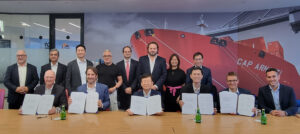
ABS joins landmark project for dual-fuel Ammonia carrier
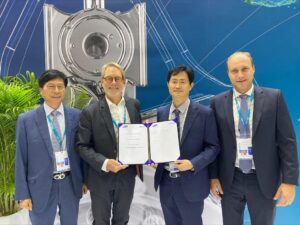
WinGD and Samsung Heavy Industries to cooperate on future fuel applications

